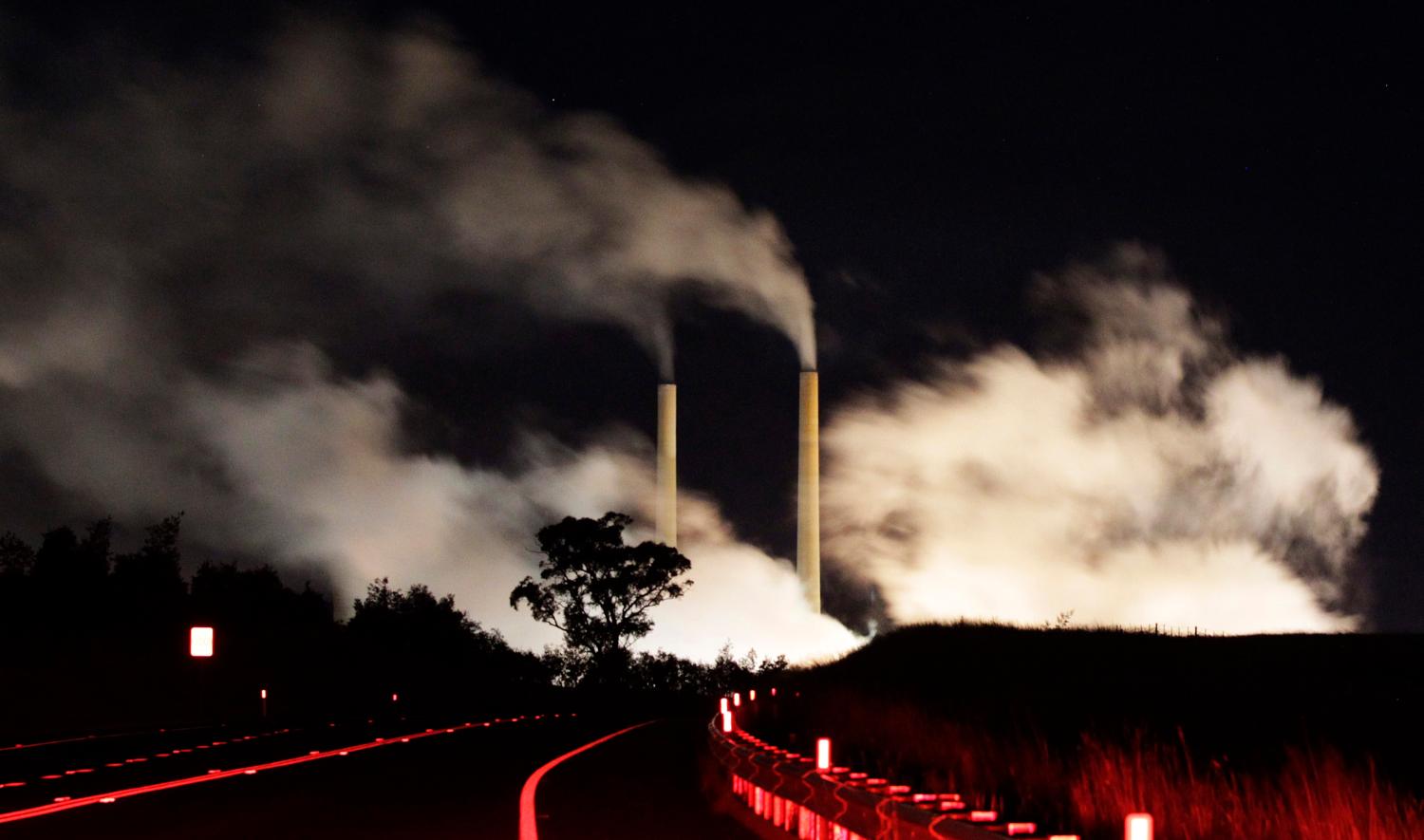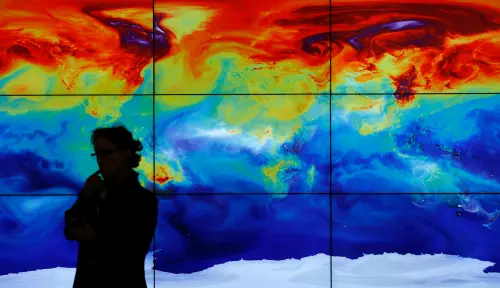The United States Environmental Protection Agency has begun the process of regulating greenhouse gas emissions using section 111 of the Clean Air Act (the Act). This authority extends to both new and existing sources of emissions. The agency’s first rule for existing sources of emissions, under section 111(d) of the Act, will apply to power plants (also called electric generating units, or EGUs). Power plant emissions comprise about one-third of US GHG emissions. There are currently 1,611 existing facilities that could be affected by the rule. The regulation could be one of the most economically significant rules ever promulgated. Subsequent rules will apply to other stationary sources such as oil refineries, chemical plants, and other industrial facilities. To date, EPA has issued only a few rules under section 111(d), because most pollutants are covered under other provisions of the Clean Air Act.
To regulate GHG emissions from existing power plants under section 111(d), EPA must complete several important steps, described below. In some of these steps, EPA makes nationwide determinations. In other steps, states get to decide how to implement EPA’s rules. Because the economic consequences of these rules are potentially very significant, it is useful to consider options that allow both EPA and the states to choose approaches that minimize the costs of achieving a particular emissions target.
Market-based instruments like a tax or a cap-and-trade system encourage cost-effective emissions reductions. Policies that charge emitters of GHGs in proportion to the damage caused by their emissions would create widespread market signals that would efficiently lower emissions throughout the economy over time. The price signals would shift consumer demand, drive new investment, and encourage technology development toward less emissions-intensive goods and services. Economists widely agree that a price on GHGs, and carbon dioxide in particular, is an important element in an economically efficient environmental policy portfolio. The simplest market-based approach is a carbon tax, an excise tax on the carbon content of fossil fuels, set as a dollar amount per metric ton of CO2 that is emitted when the fuel is burned. A tax can also be imposed on other GHG emissions, scaled in terms of those gases’ global warming potential equivalence to CO2.
Given all the benefits of a carbon tax approach, the best outcome would be for Congress to set a well-designed carbon tax trajectory at the federal level. Morris and Mathur (2014) outline the policy design issues for such a policy and conclude that a modest, gradually escalating carbon excise tax would be workable and economically efficient, particularly if it is embedded in a broader fiscal reform that protects poor households, lowers the federal budget deficit, and lowers other taxes that burden the economy. A federal carbon tax would incentivize emissions abatement equally across the economy, thereby preventing distortions in investment and emissions across state lines and source categories and encouraging the development of new clean technologies. Barring a policy change at the federal level, the question arises whether EPA can promote a cost-effective state-by-state approach by allowing states to adopt a carbon tax as a way to comply with their obligations under the forthcoming section 111(d) rules.
A state-level carbon tax approach to implementing section 111(d) would share many of the potential advantages of a federal carbon tax, as well as other potential economic benefits for the states. For example, some states have significant budget deficits that might otherwise be funded with more distortionary taxes. Other states have existing taxes, particularly those on business activities, that discourage investment and drive economic activity elsewhere. Implementing a carbon tax under 111(d) could offer a partial solution to these problems, for example, by enabling a pro-growth tax reform to fulfill environmental requirements. Further, the states could use some of their carbon tax revenues to bolster state-level social safety net programs that benefit the poor, thus offsetting the regressive impacts of carbon control on low-income households.
In this paper, we demonstrate that the Clean Air Act gives EPA the authority to approve state compliance plans that rely on carbon taxes as standards of performance under section 111(d). EPA can assist the states considering this route by determining what tax trajectory would be sufficient to achieve appropriate emission reductions and offering that specific compliance option to all states. Our goal here is to walk through the legal logic that supports our contention with an eye to showing EPA and stakeholders that some of the most cost effective policy options are indeed consistent with the Clean Air Act.




